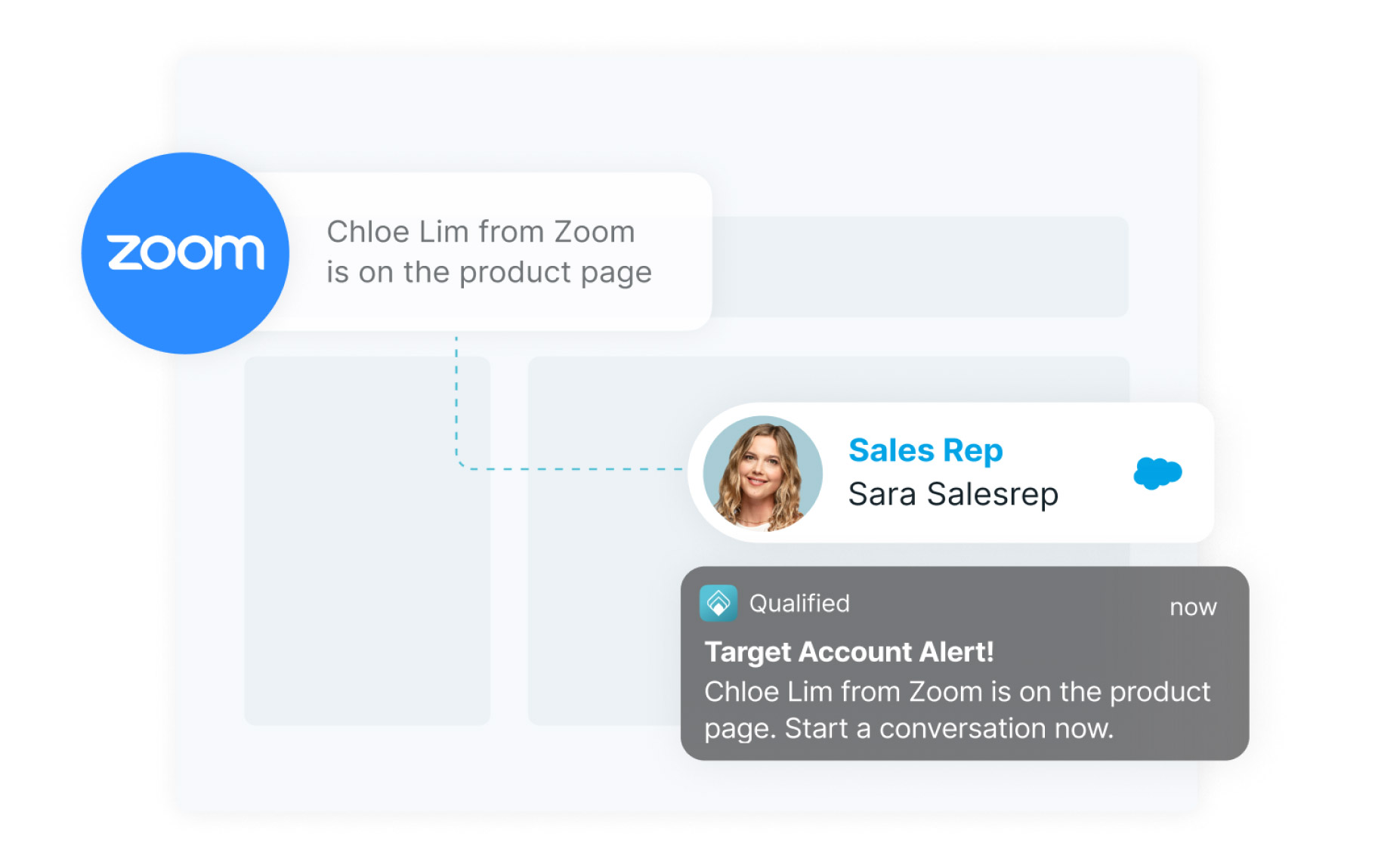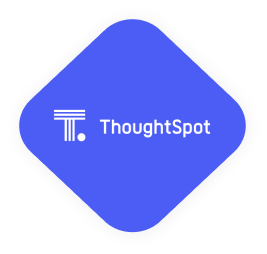Conversational Account-Based Marketing is a marketing strategy where you allow target prospects to have instant, live conversations on their terms with knowledgeable salespeople right on your website. It collapses what’s otherwise a long and convoluted buying journey full of forms, emails, back-and-forths, and calendar invites, into a chat window. With conversational ABM, prospects can get immediate answers.

Why would prospects want to chat? Because today’s buying journeys have become immensely difficult. Buying committees are typically comprised of 6-10 people in today's world. Per Gartner, 77% of B2B buyers ranked their latest purchase experience as "complex or difficult." Buyers have to navigate each vendor’s unique process, and if each vendor’s value propositions feel similar, as many do, those buyers struggle to understand the differences. Many simply want quick and honest answers as questions arise.
Conversational marketing allows you to provide those answers. Rather than expect the buyer to dig up your sales rep’s email signature or find and complete a contact form, they can simply visit your website and instantly speak with the right person. That salesperson can answer their chat, initiate a voice call right from the website, and be their guide.
It’s a simple way to become a friendlier, more reliable source of answers than your competition, which is especially important if you’re driving heavy paid traffic to your site. Every visitor can now chat directly with sales and potentially skip ahead in the funnel.
Conversational ABM won’t convert every prospect every time. But across multiple touchpoints with an account and across your ABM program, it can have a serious impact on your web conversion rates and website-influenced pipeline and revenue.
Conversational ABM works best as a channel in your broader ABM strategy. Unless you know who your target accounts are, and aren’t running other programs to drive them to your site, they won’t have an opportunity to interact with sales via chat. It’s not a replacement for Account-Based Marketing—it’s a way to see more ROI from your existing ABM investment.

And of course, you can’t discount the need for active and engaged salespeople. They have plenty of methods for interacting with prospects, and they may need to be convinced that chat is a valuable medium. As we’ll explore next, there are plenty of good ways to convince them of that.
Since the 1980s, marketing technology has promised to connect buyers and sellers. But because of the way it was often implemented, it didn’t. Instead, it succeeded in “automation” by removing humans from the loop. Hence, we called it marketing automation, not marketing conversations.
Thanks to automation, marketers built complex, sprawling nurtures-to-nowhere that wouldn’t be updated for years. They poured resources into product-led growth and “tech touch” support because it was cheap and scalable, not because that’s what was the most effective (in many scenarios, it wasn’t).
The marketing software market grew to $49 billion and yet all that technology actually made the buying experience worse, Gartner found last year. Self-help technology places the burden of navigating the journey on the buyer, as shown below.

Today there are more decision-makers, more steps, and more competitive vendors to review than there were ten years ago. In this market, no buyer wants to fill out a form to await a response. They want quick answers, and give preference to vendors that can shorten their journey.
As Gartner puts it: “To win in this B2B buying environment, suppliers should focus on providing customers with information that is specifically designed to help them complete their buying jobs.”
ABM is a great start to fixing all of this, but most companies have launched ABM using the same software originally designed for lead generation strategies: the CRM, marketing automation, ads, syndication, and content marketing. These tactics can reach the right accounts and get them to your website, but most websites are still full of forms and rely on the buyer to navigate, so they don’t convert as well as marketers would like.
Enter conversational ABM. If you were to wipe away that complex buying diagram and begin anew, you’d probably turn that website into a repository for answers as buyers pursue a mostly self-guided journey. You’d place your very best, most relevant content up front for each account to see.
And your very best content? That’s actually your sales team. They know what the account wants, are prepared with pocket stories, and can do a lot of the work for the prospects to connect the dots from their problems to your solution. When prospects can ask questions from salespeople, they get near-instant answers which are far more accurate than any algorithm could provide. And it’s in a medium that’s a lot more useful and inviting than a form.

Ready to craft your own conversational ABM program? Read our playbook to uncover powerful strategies, statistics, and customer validations to hit the ground running.
Conversational ABM software, like Qualified, gives website visitors a venue to have real-time, one-to-one conversations with their corresponding salesperson. It doesn’t replace your existing account-based marketing software, but rather supplements it.
From the prospect’s perspective, most of what the software does is invisible. They see a chat interface that offers to put them in touch with a person. But on the backend, there’s a lot happening to keep that experience simple and delightful.
Check out the demo video below to understand how Qualified works for both your sales reps and website visitors.

Learn how Qualified customers use conversational ABM to drive more pipeline for their business.




These days, it’s rare that you get to build a technology stack from scratch. It’s much more common to inherit one that you plan to alter or improve. Conversational ABM software is relatively lightweight to install and straightforward to launch. We encourage our customers to launch their Conversational ABM programs in accordance with their own technology stacks and business priorities.
Provided you have web traffic, you can launch a conversational chatbot on your website. The default chatbot can qualify incoming conversations by asking questions to make sure visitors fit your ICP and book meetings on your reps’ calendar, but if visitors belong to a target account, that account can connect directly with their corresponding sales rep.
Want to have live conversations with visitors that match your ICP? Set up routing rules according to your business model, whether that be geography, industry, etc. Sky's the limit! Once routing rules are set up, reps can jump into live conversations with the accounts they care about most. During this phase, make sure you are in constant contact with your team. What irrelevant conversations are they having? What conversations have they missed? This will help you to continue optimizing your qualification criteria for live chat.
Whether you have your target account list in Salesforce or you have an ABM vendor, you can use that data to deliver white glove experiences to target account visitors. If visitors belong to a target account, the account owner will be alerted and can jump into a live conversation. Helping those visitors bypass forms will help you prove ROI from ABM efforts, and drive more pipeline for your business.
While integrating a chatbot onto your site takes a modest investment of time, it is exceptionally low risk. Implementing it won’t throw off any of your other programs, except for perhaps diverting what traffic would have otherwise gone to your forms. That means it’s fairly low-cost to try for a year to test whether it really does accelerate deals.
There’s only one way to find out—give a platform like Qualified a try. But on a more philosophical level, even if you don’t adopt a conversational ABM software, conversational marketing is the way the world is headed.
B2B buyers want quicker responses than a traditional ABM program is built to provide. However you go about it, the way to win more deals is to collapse the buying journey and give buyers more of the answers they want, right when they want them.